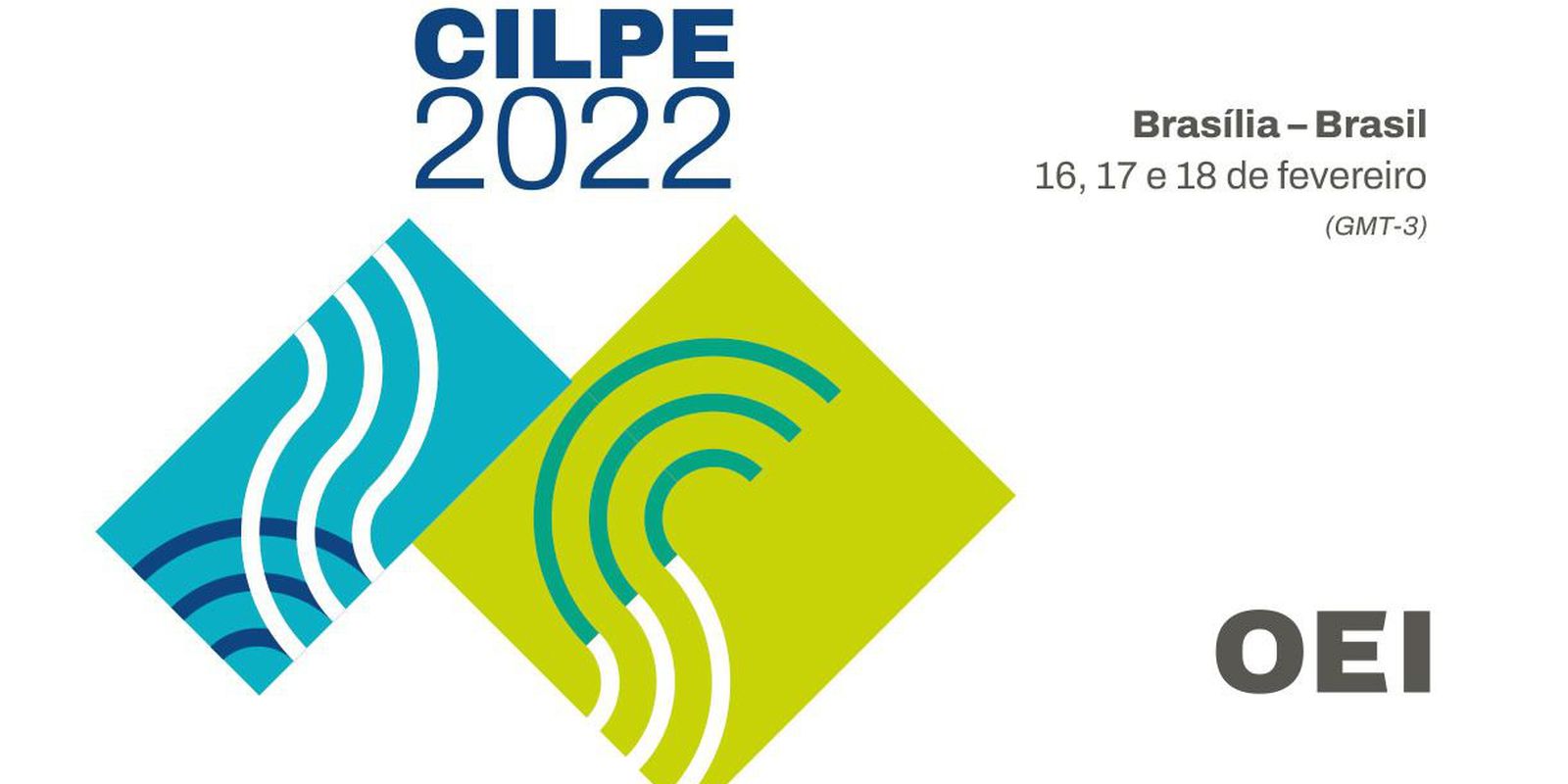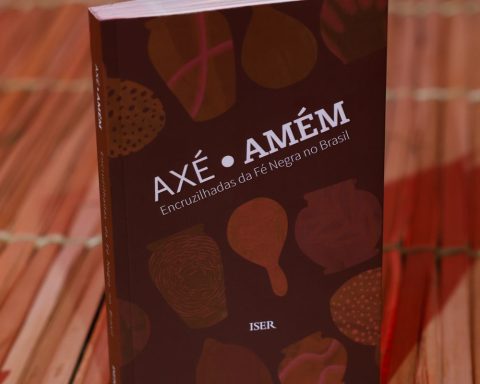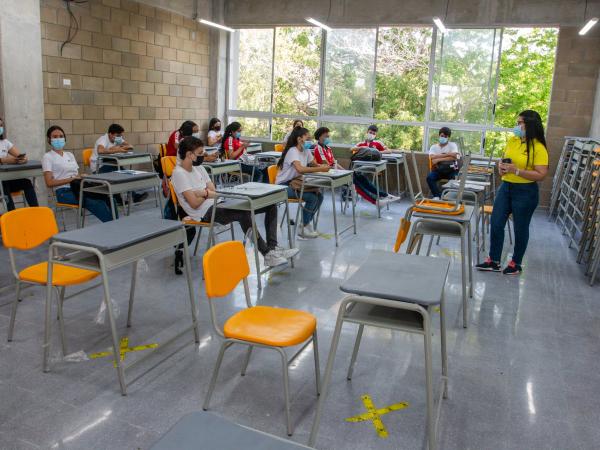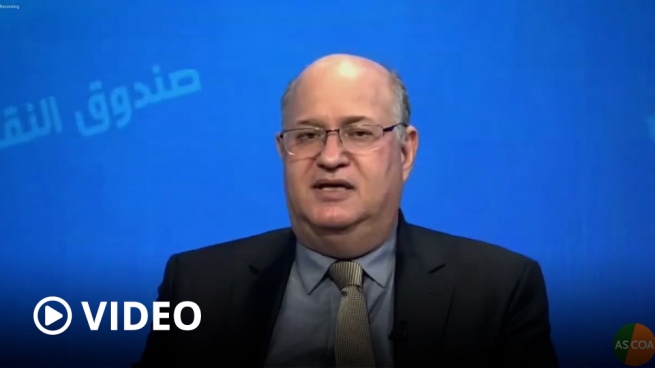Reinforce the presence of Portuguese and Spanish in the global context and, with that, expand the influence in the fields of science, culture and technological innovation. These were the topics discussed this week at the 2nd International Conference of Portuguese and Spanish Languages (Cilpe), held in Brasília. 
The event, which is an initiative of the Organization of Ibero-American States for Education, Science and Culture (OEI), started on Wednesday (16) and went on until Friday (18), bringing together authorities, academics and specialists from 23 Ibero-American countries who speak one of the two languages.
It is estimated that the Portuguese and Spanish speaking population is more than 850 million people today, and that it is expected to reach 1.2 billion in this century, according to United Nations (UN) projections.
Despite being expressions of people’s identity, languages are also forms of power that affect the economy, science, culture, technology, geopolitical positioning and cooperation mechanisms. That is why OEI member countries decided to create the conference in 2019 to think about ways to expand this international presence.
The first edition of the event took place in Lisbon. After the edition in Brazil, the conference will take place again next year, this time in Paraguay.
“The first objective of this conference is to demonstrate the relevance and diffusion capacity that these two languages have, bringing to public knowledge the great power that they are in the arts, in culture, in science. We also want to reinforce the capacity for mutual understanding between the two languages. They are languages that facilitate communication and mutual understanding, which is why this articulated action”, analyzes Raphael Callou, director of the OEI in Brazil.
Despite being considered global languages, Portuguese and Spanish, together, account for about 15.8% of international scientific publications, a number considered below the potential of the two languages. To give you an idea, English alone represents about 84% of the intellectual production published in scientific journals and journals, despite being spoken by a population of 1.34 billion people.
During the conference, experts launched from site Languages in Numberswhich traces a ranking of how different languages are distributed around the world, taking into account not only the number of speakers, but factors such as the presence of these languages on the internet, social networks and the number of scientific articles and cultural production.
Data from the Real Instituto Elcano, in Spain, show the evolution of the number of scientific publications on the Web of Science (WOS), the largest scientific information platform in the world. According to the survey, the languages most used in research are English, with more than 153 thousand studies signed; followed by Spanish, with 17 thousand studies; and Portuguese, which has just over 11,000. Despite this, the digital transformation on the planet, accelerated by the structural changes promoted by the pandemic, will require an even greater effort to make Portuguese and Spanish remain global languages.
“We still have a long way to go because if we are not strong in technology, innovation and science, if we do not implement the pillars of the CPLP, if we do not have this digital presence, more qualification of the citizens of these languages, we can have a large number of speakers, but we will not be able to be a global language”, warned Ana Paula Laborinho, general director of Bilingualism and Diffusion of the Portuguese Language of the General Secretariat of the OEI, in the activity that marked the launch of the website.
According to Raphael Callou, after the second edition of the conference, the OEI should systematize a report with recommendations for the organization’s member countries to adopt in terms of public policies to promote Spanish and Portuguese in different areas, including science. One of the proposals under study is precisely the creation of mechanisms that value the recognition of journals and scientific publications that publish in these languages. This is because the OEI itself has already detected an increase in publications in English by researchers whose mother tongue is Portuguese or Spanish.
“This is to illustrate how national states can increasingly structure actions that focus on valuing these languages based on a policy of induction”, says Callou.
*With information from the OEI.

















